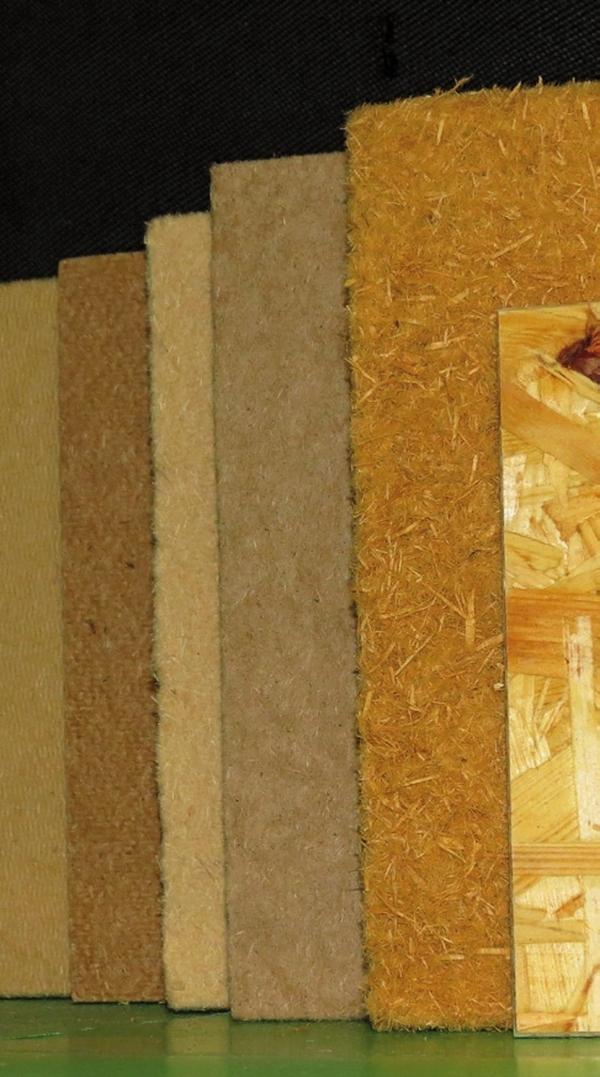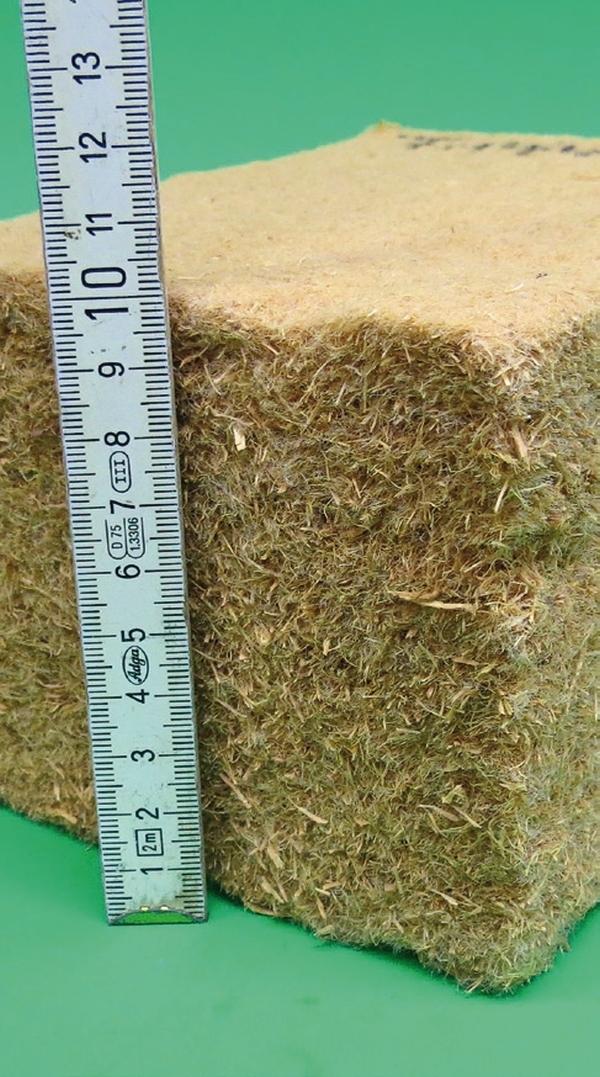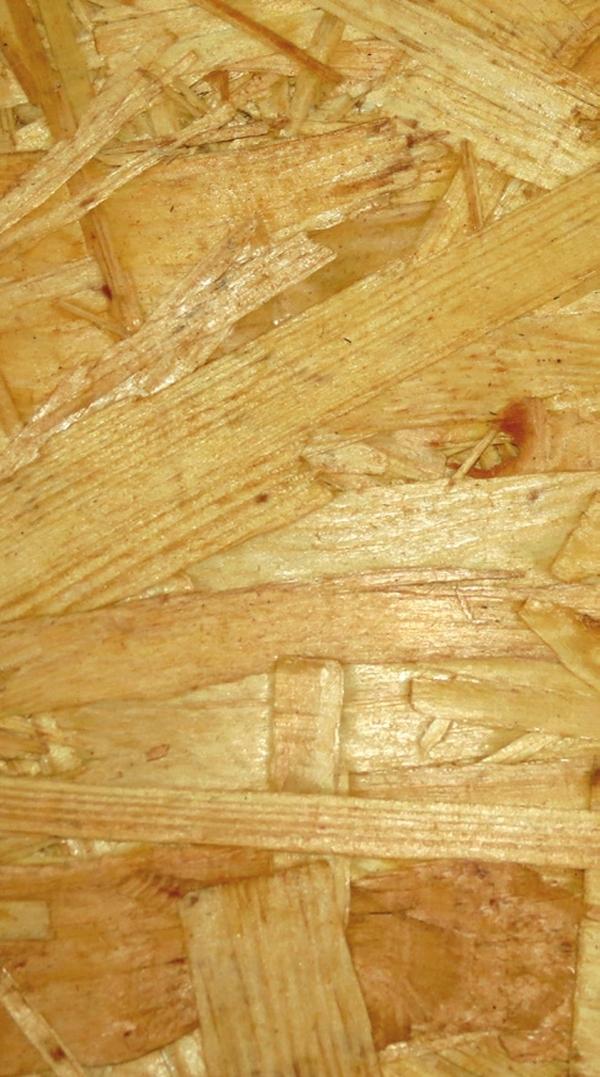Developing models to generate hygrothermal key performance indicators
Since mid-2013, the Fraunhofer Institute for Wood Research (Wilhelm-Klauditz-Institut WKI) and the Fraunhofer Institute for Building Physics IBP have been collaborating on a joint research project. Funded by the German Federation of Industrial Research Associations (AiF), the project aims at generating the hygrothermal KPIs of wood-based products for numerical simulations.
Numerical simulation is already widely used as a method for making forecasts of anything from weather and elections to finances and growth. It is also used to forecast the behavior of building materials and components when they are stressed by mechanical and climatic effects. However, when performing numerical simulations on the behavior of products made of wood and wood-based materials, the relatively high variance of material properties frequently leads to results that are of little use. This variance is generally most pronounced with solid woods, it decreases as materials become more refined.
In addition to resistance to water vapor diffusion, the following properties are also relevant for wood-based materials: porosity, thermal capacity, thermal conductivity (also moisture-dependent), moisture retention, free water saturation and liquid transport coefficients. By measuring these properties, researchers can describe in detail how well or poorly a component is protected against moisture.
When it comes to materials made from wood, building physics issues regarding the transport of heat and moisture are very important for two reasons. One, when wood and wood-based products are exposed to changes in moisture, this causes their dimensions to change. Two, if they are exposed to a disproportionately high level of moisture, they can start to decompose.
The problem is that the data available on the material properties needed to describe the transport of heat and liquid is still inadequate – even for tried and tested products.
This lack of information has been exacerbated by the emergence of new kinds of wood-based materials and product groups over the past few years. These positive innovations have significantly enriched the sector of wood-based materials and wood construction. Whereas just a few years ago, solely petroleum-based rigid foams or mineral fiber insulation materials were being used, nowadays ecological and cost-effective wood or wood-based materials obtained from renewable sources are in more frequent use.
The effort involved in sampling each product and each property seems to be impractical, not to mention uneconomical. For this reason, the joint research project investigates the influencing factors and their effects on the respective material properties in terms of building physics. The factor that plays the largest role is probably bulk density. Other key factors have been identified, including particle size, the proportion of adhesive and the means for rendering a material water-repellent. However, their effects on hygrothermal KPIs are still largely unknown.
This research project has several objectives. One is to provide manufacturers of wood-based products with functional correlations between influencing parameters and thermal and moisture values. Another is to forecast those values with the help of forecast models. A further objective is to compile a database for users of more precise calculation methods. This will enable them to identify product groups via the application area of wood-based materials without having precise knowledge of the product concerned.


